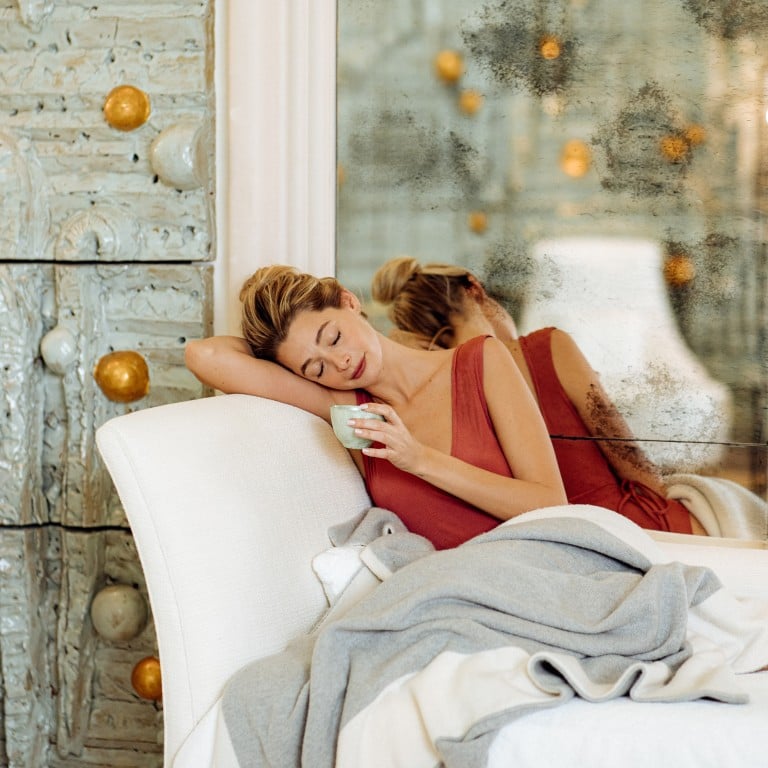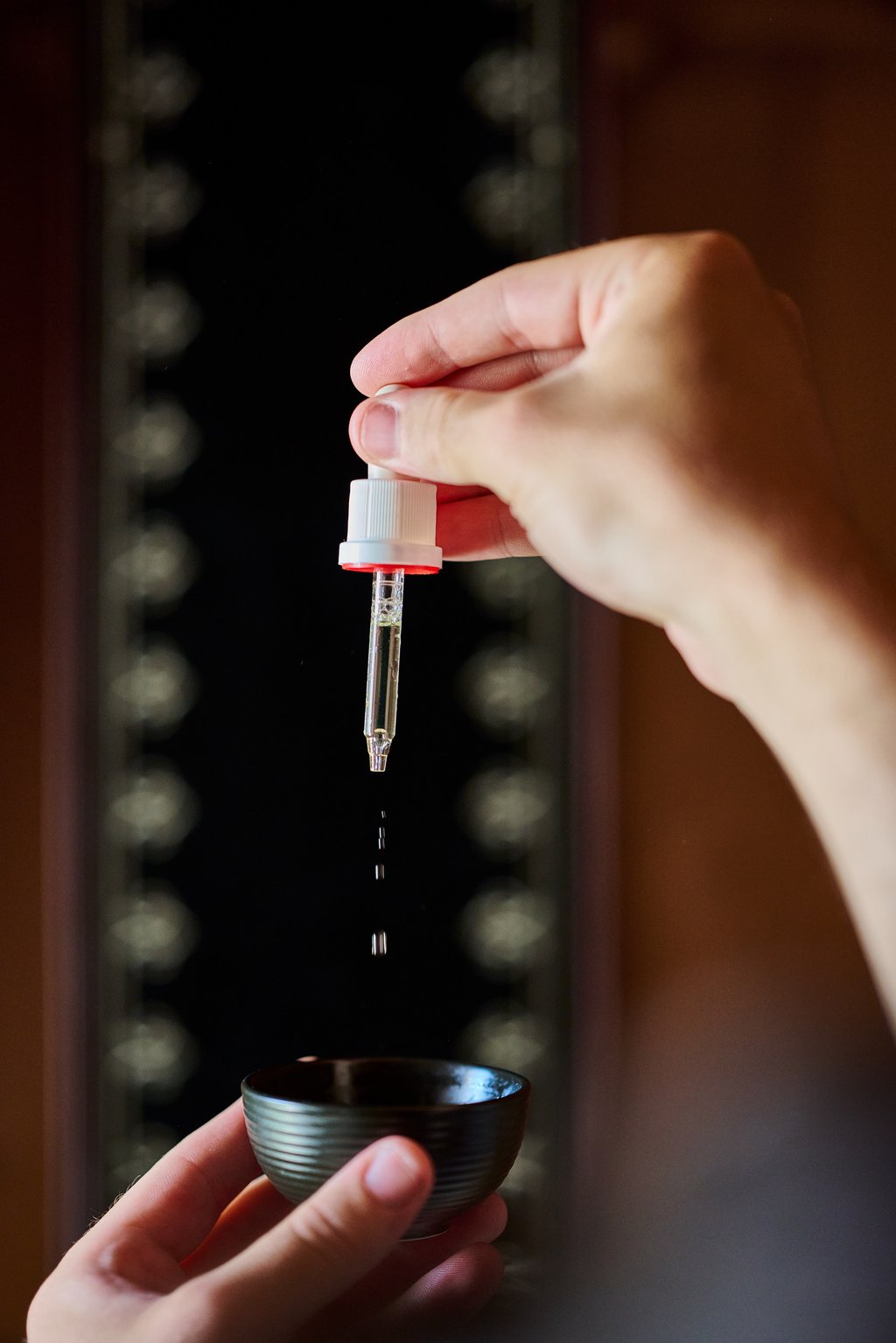The best nap of your life? Inside luxury hotels’ sleep therapy programmes, the next step in wellness travel – from the Four Seasons Bali and Rosewood’s Hôtel de Crillon, to The Alpina Gstaad

- The Alpina Gstaad’s Antonis Serris is a therapist trained in Buddhist medicine and sleep techniques, while The Cadogan’s Malminder Gill is one of the UK’s top hypnotherapists
- Hôtel de Crillon has bedrooms designed by the late Karl Lagerfeld and welcomes guests with an in-room Sleeping Beauty set, which includes aromatherapy oils, pillow sprays, herbal teas and bath foam
My husband and I are lying side by side on the floor of our hotel suite. Our eyes are closed and a young woman with blonde braids is guiding us through an imaginary valley towards a shimmering lake. Outside our window are snow drifts and icy glaciers, but in this fantasy world we feel our limbs grow heavy under the hot sunshine. Suddenly, I hear a snort, followed by a loud snore, next to me. My husband has fallen asleep, which in this context makes him the star student.
We are at The Alpina Gstaad, a glossy Swiss hotel that recently launched a sleep suite. In it, they teach the uber-rich (and the odd visiting journalist) the art of visiting the land of nod. We arrived in early December on the day the landscape turned white and as the glass-roofed train wound its way up from Zurich, I thought, “If I can’t sleep here, I can’t sleep anywhere.”

The hotel itself is beautiful. Built for an impressive US$337 million in 2012, it is perched on a hill above arguably the most famous ski resort in Switzerland. The rooms are made in glossy wood tones, with generous balconies that look over the lights of the village.
Our sleep studies began with the above-mentioned yoga nidra. Taught as a part of yin yoga, it focuses on movements designed to create stillness in the body – hence the imaginary valley that was supposed to lead us to a place between sleep and wakefulness. I’ve always been a more anxious sleeper than my husband – who I have been married to for just under a year – so it didn’t surprise me that he passed straight out, while I stayed fully alert for the entire session.
Antonis Serris, a therapist trained in Buddhist medicine and sleep techniques, came in afterwards to explain that in most couples there is usually one person who takes longer to adjust to sharing a bed. He advised letting go of the idea that we had to go to sleep at the same time every night, and instead told us to follow our own body clocks, even if that meant one person staying up much later.

On a more practical note, Serris suggested a bigger bed and two separate duvets (I’m a blanket hogger) and told us to wear glasses that block out blue light for at least an hour before bedtime. Dinner was to be earlier with fewer carbs and just one glass of wine. Slightly disappointingly, given the Michelin-starred restaurant downstairs, the Alpina followed up on this advice to the letter, serving us easy-to-digest carpaccios, salads and warm soups in our room at 7pm.
I slept brilliantly – but the most revelatory piece of advice Serris gave me was also the simplest.